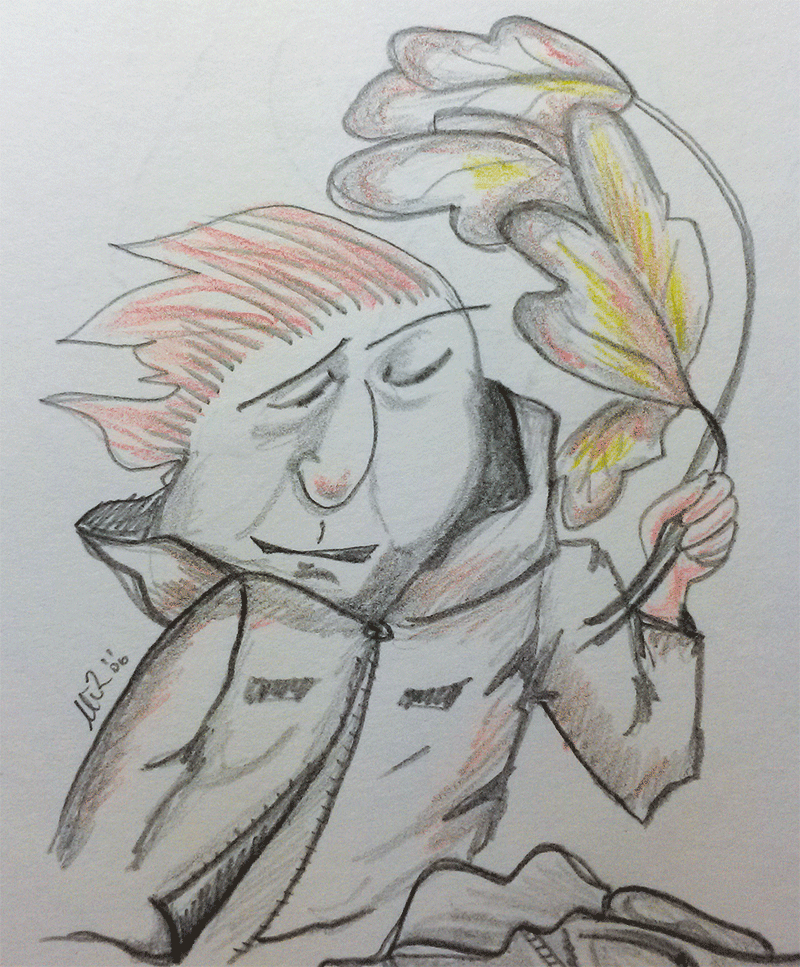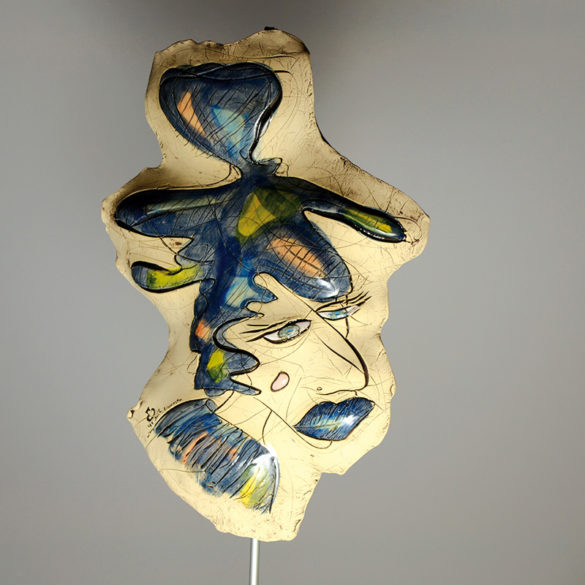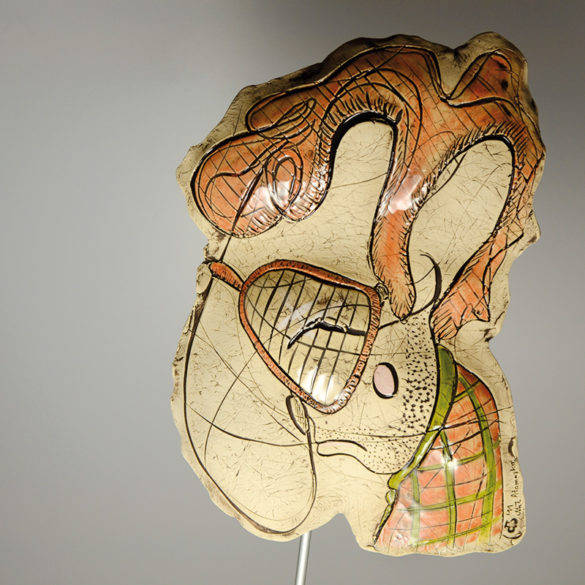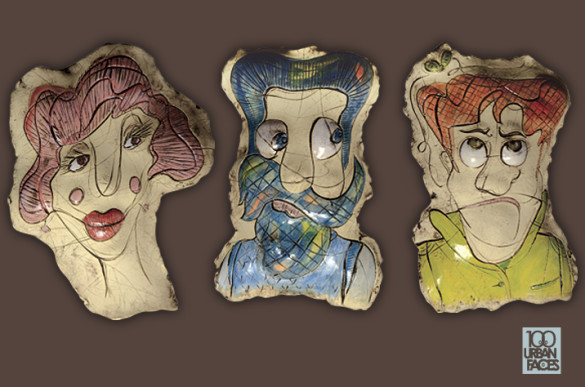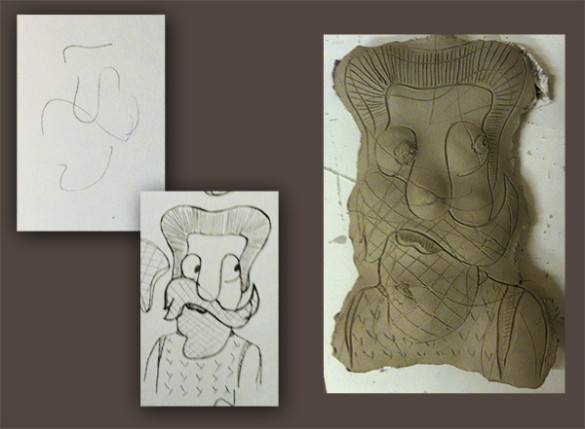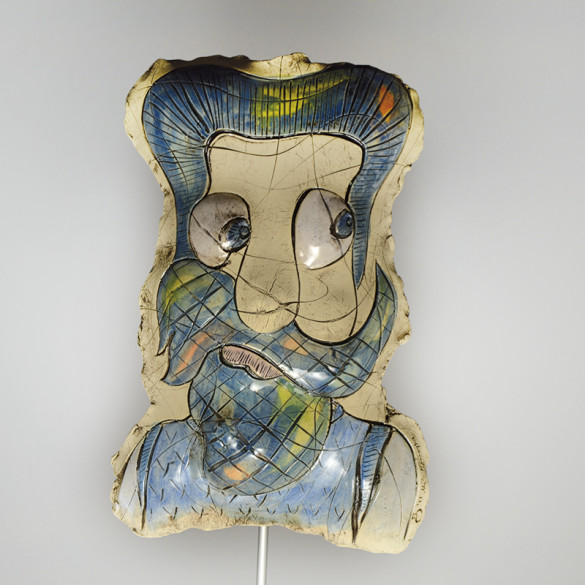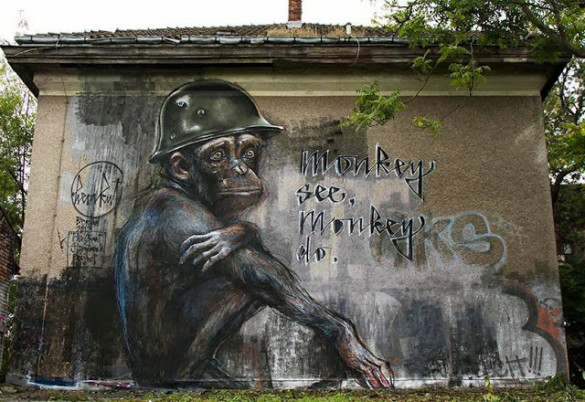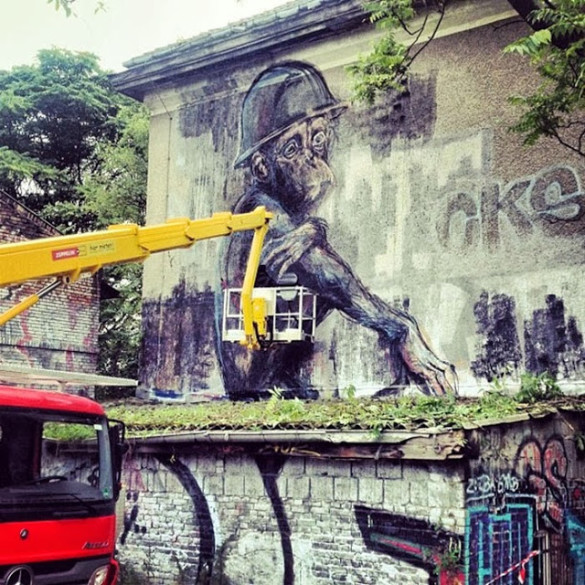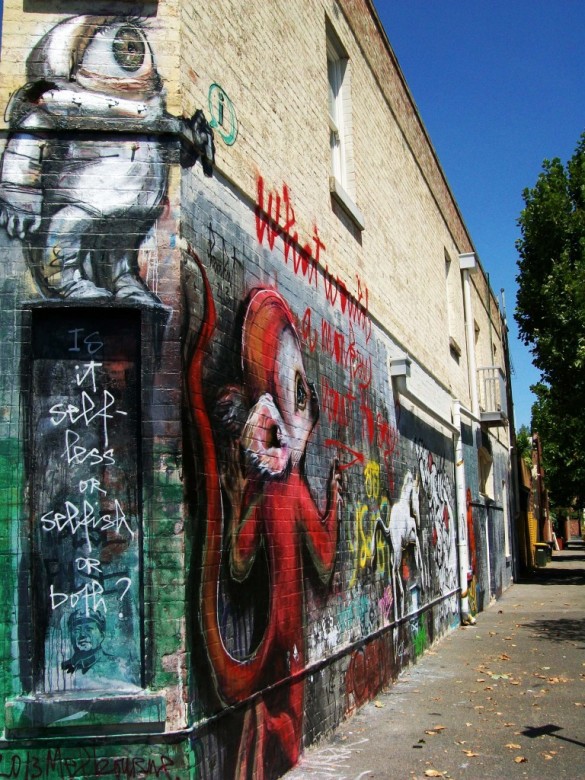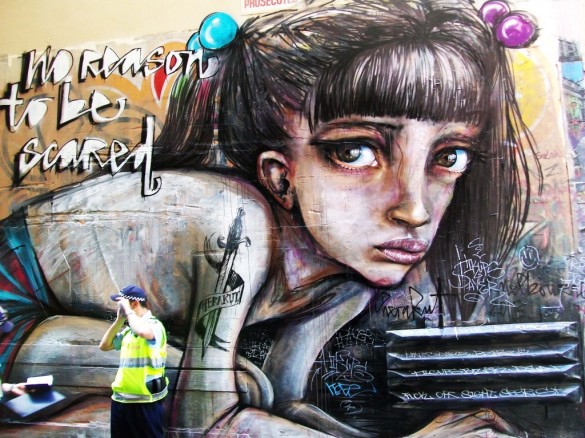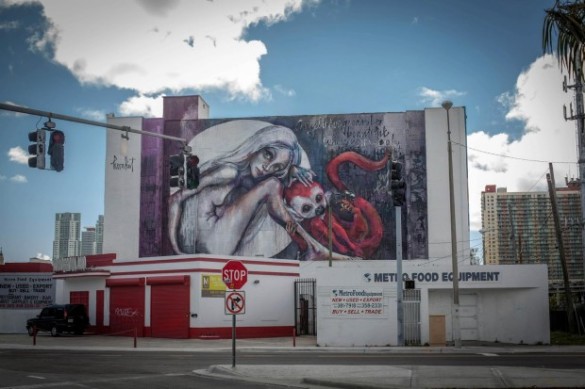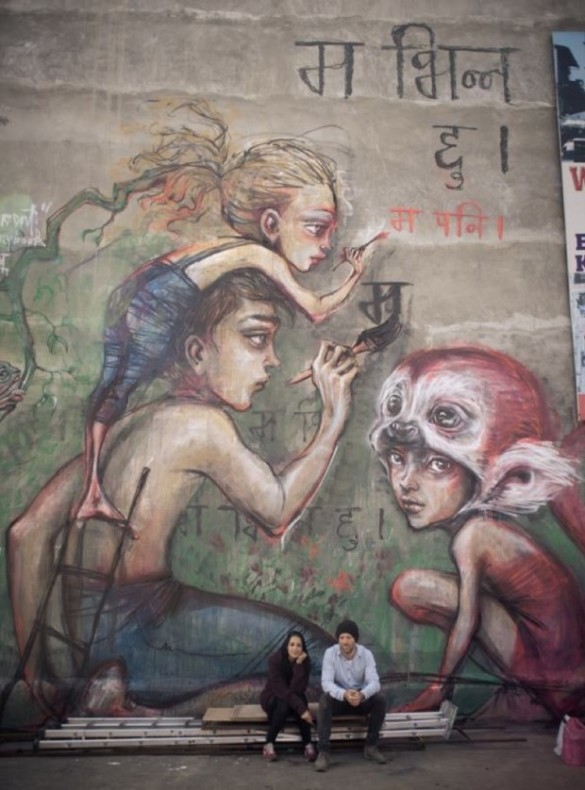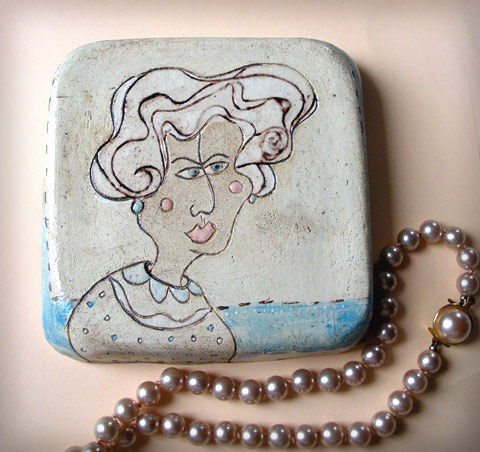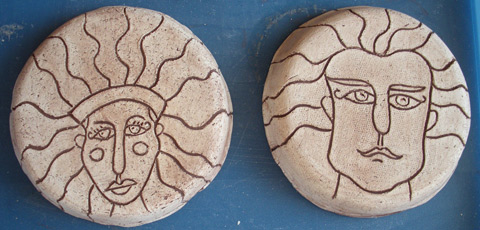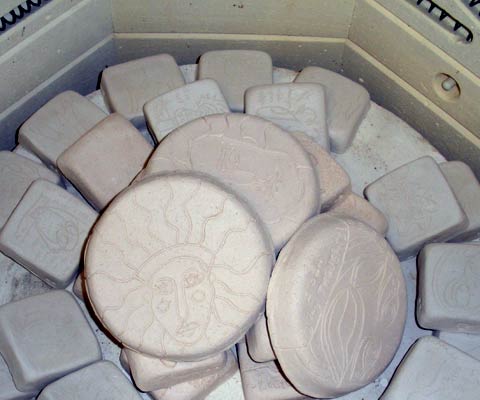Es gibt tausende Gründe, warum man Kunst kauft. Meistens sind es emotionale Gründe. Obwohl 10% der Sammler Kunst als eine Investition kaufen *, tun es die meisten Menschen für den Genuss.
Einer meiner konsequenten Befürworter sagte vor nicht allzu langer Zeit, dass als sie meine 100 Urban Faces gesehen hatte, dachte sie, sie seien besonders. Wir sehen ab und zu sehr spezielle Gegenstände, aber wir kaufen nicht unbedingt alle. Also fragte ich sie, warum sie es gekauft hatte. Und dies war Ihre ehrliche Antwort:
Wenn du etwas so originelles und besonderes besitzt, bekommst du das Gefühl, dass auch du etwas Besonderes bist. Es ist so, als würde die Qualität dieses Stückes in gewisser Weise auf dich übergehen.
Danke Sanne!
+ (Notiz: Die Wandskulpturen der Serie 100 Urban Faces sind verfügbar. Für Details, bitte kontaktiere mich unter art@atamayka.com) +


